The work of the electric current in the circuit section is determined. Work and power in the DC circuit. Electromotive force. Ohm's law for a complete circuit
A \u003d qU; A = IUt = I 2 Rt =
 - with parallel connection.
- with parallel connection.
 - at follow-up conn
- at follow-up conn
 - Joule-Lenz law
- Joule-Lenz law
The current power is equal to the ratio of the current work during the time t to this time interval.
 - Ohm's law for the chain section
- Ohm's law for the chain section
 - for serial connection.
- for serial connection.
 - for parallel connection.
- for parallel connection.
Electromotive force
Only one electric field charged particles (Coulomb field) is not able to maintain a constant current in the circuit.
Any forces acting on electrically charged particles, with the exception of forces of electrostatic origin (i.e., Coulomb), are called external forces.
Inside the current source, the charges move under the action of external forces against the Coulomb forces (electrons from a positively charged electrode to a negative one).
EMF in a closed loop is the ratio of the work of external forces when moving charges along the loop to the charge: ℰ = 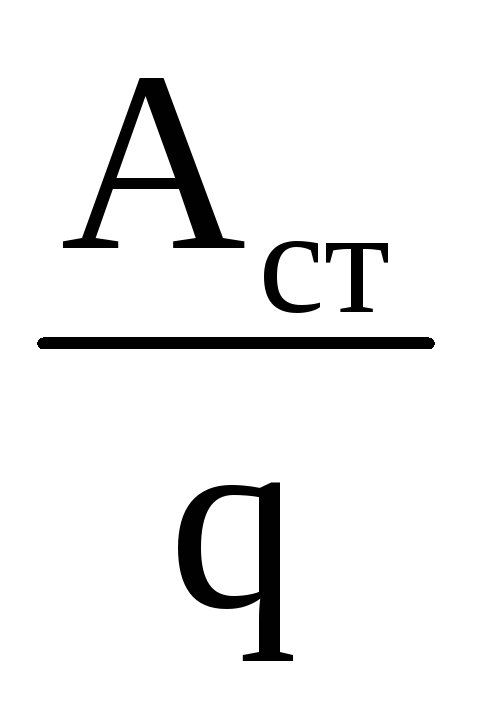 [W]
[W]
Ohm's law for a complete circuit
R - external resistance of the circuit
r- internal resistance of the circuit (resistance of the current source)
R about \u003d R + r; ℰ=  => Ast = ℰq
=> Ast = ℰq
 =>
=>
 ; Ast = ℰIt
; Ast = ℰIt
 ; A = Q
; A = Q
ℰIt = I 2 Rt + I 2 rt;  ℰ
=
ℰ
=
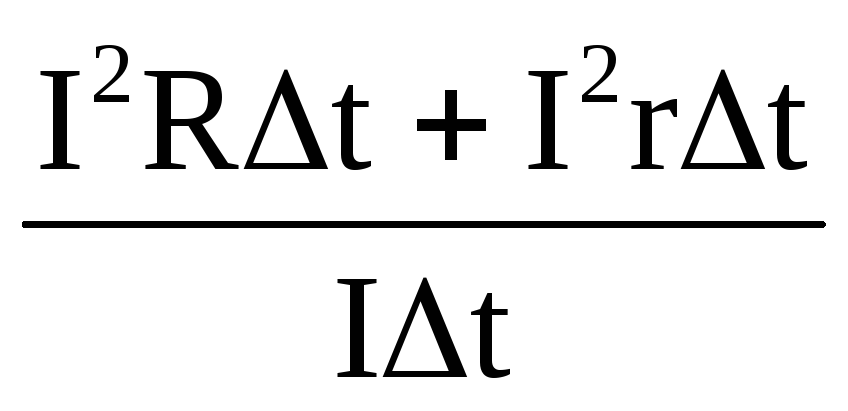 ;
;
ℰ =
 ;I =ℰ/R+r
;I =ℰ/R+r
If, when bypassing the circuit, they pass from the negative pole of the source to the positive, then the EMF ℰ\u003e 0. Third-party forces inside the source do positive work.
ℰ = ℰ 1 + ℰ 2 + ℰ 3 = |ℰ 1 |-|ℰ 2 | + |ℰ 3 |
If ℰ > 0, then I > 0, i.e. the current direction is the same as the loop bypass direction. At ℰ< 0, направление тока противоположно направлению обхода контура. Полное сопротивление цепи R п равно сумме всех сопротивлений:
R p \u003d R + r 1 + r 2 + r 3
INTERACTION OF CURRENTS. A MAGNETIC FIELD.
Interaction between conductors with current, i.e. interaction between moving electric charges is called magnetic.
The forces with which current-carrying conductors act on each other are called magnetic forces.
In the space surrounding the currents, there is a field called magnetic.
The magnetic field is a special form of matter, through which the interaction between moving electrically charged particles is carried out.
Basic properties:
a) the magnetic field is generated by electric current (moving charges)
b) the magnetic field is detected by the effect on the electric current (moving charges)
Like the electric field, the magnetic field really exists, independently of us, of our knowledge about it.
The resulting force acting from the magnetic field on these conductors will be equal to 0.
The magnetic field is created not only by electric current, but also by permanent magnets.
LINES OF MAGNETIC INDUCTION
Power characteristic magnetic field yavl-sya vector magnetic induction.
 - magnetic induction vector
- magnetic induction vector
The direction of the magnetic induction vector is the direction from the south pole S to the north N of the magnetic needle, which is freely installed in the magnetic field. This direction coincides with the direction of the positive normal to the closed loop with current.
 is a positive normal.
is a positive normal.
Gimlet rules: if the direction of the translational movement of the gimlet coincides with the direction of the current in the conductor, then the direction of rotation of the gimlet handle coincides with the direction of the magnetic induction vector.
Lines of magnetic induction call lines whose tangents are directed in the same way as the vector  at this point in the field.
at this point in the field.
An important feature of magnetic induction lines is that they have neither beginning nor end. They are always closed.
POWER AMP.
The ampere force is the magnetic force exerted by a magnetic field on a current-carrying conductor.
The force reaches its maximum value when the magnetic induction is perpendicular to the conductor.
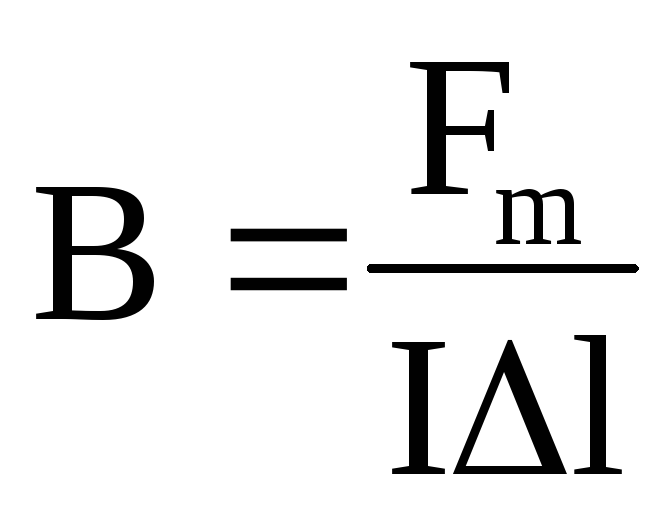 , If
, If  I.
I.
 ; F m = I l B - maximum force
; F m = I l B - maximum force
F = B|I| lsin - Ampère's law
If the left hand is positioned so that the component of the magnetic induction vector perpendicular to the conductor enters the palm, and four outstretched fingers are directed in the direction of the current, then the thumb bent by 90 0 will show the direction of the force acting on the segment of the conductor.
The unit of magnetic induction can be taken as the magnetic induction of a homogeneous field, in which a maximum force of 1 N acts from the side of the field on a section of the conductor 1 m long with a current of 1 A. One unit of magnetic induction = 1 N / A. m.
LORENTZ FORCE
The force exerted on a moving charged particle by a magnetic field is called the Lorentz force.
 , Where
, Where
F is the modulus of force,
N is the number of charged particles
 , Where
, Where
 - the speed of their ordered movement
- the speed of their ordered movement
q - charge
S - area
n - concentration
 - the number of charged particles in the considered volume
- the number of charged particles in the considered volume

 ;
;
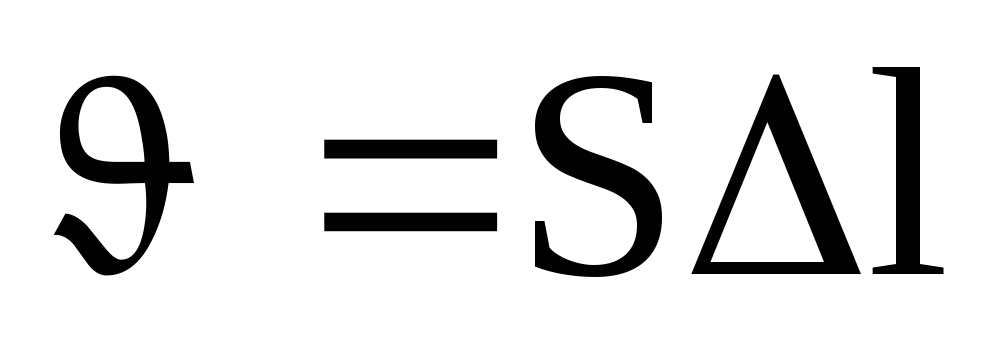 ;
;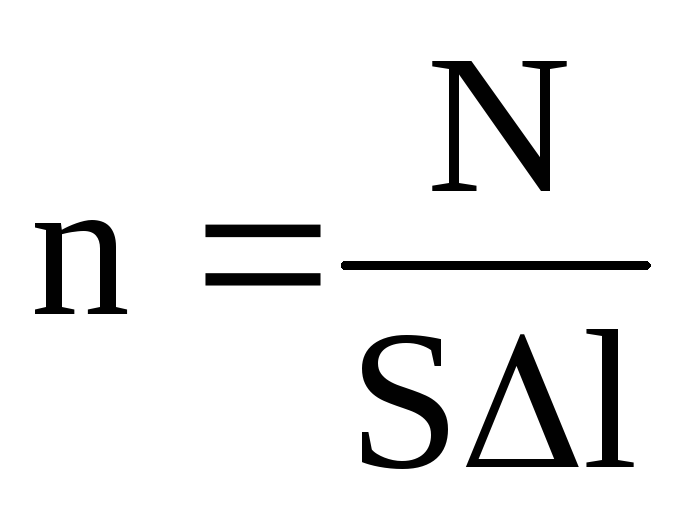 ;
; , therefore Fl max , because sin = 1; F l = |q|
, therefore Fl max , because sin = 1; F l = |q| 
If the left hand is placed like this. So that the component of magnetic induction, perpendicular to the charge velocity, enters the palm, and four fingers are directed along the movement of the positive charge (against the movement of the negative), then the thumb bent 90 degrees will show the direction of the Lorentz force.
Since the Lorentz force is perpendicular to the velocity of the particle, it does no work. The Lorentz force does not change the kinetic energy of the particle and, consequently, the modulus of its velocity. Under the action of the Lorentz force, only the direction of the particle's velocity changes.
 ;
;
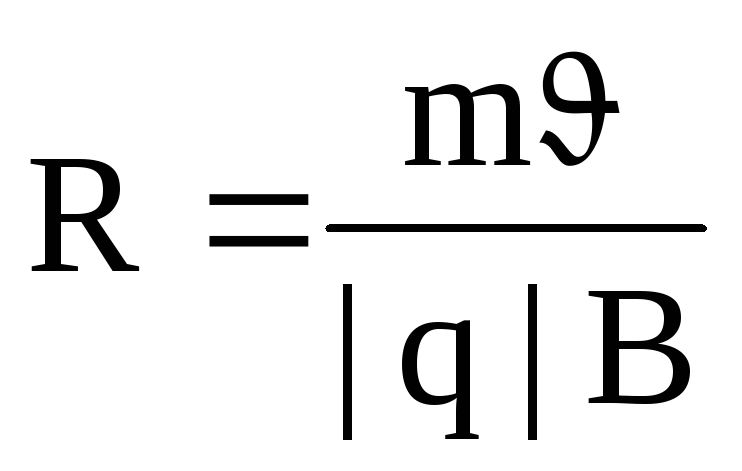 ;
;
 - specific particle charge
- specific particle charge
MAGNETIC PROPERTIES OF SUBSTANCE
Attitude  , which characterizes the magnetic properties of the medium, is called magnetic permeability of the medium.
, which characterizes the magnetic properties of the medium, is called magnetic permeability of the medium.

is the magnetic permeability of this medium.
The magnetic properties of a body can be explained by currents circulating inside it.
The magnetic properties of any body are determined by closed electric currents inside it.
Magnetic interactions are interactions of currents.
Ferromagnets (iron, cobalt, nickel. Rare earth elements and many alloys) are bodies with high magnetic permeability.
Curie temperature- this is a temperature greater than some certain for a given ferromagnet, its ferromagnetic properties disappear.
Work and power in the circuit direct current. Electromotive force. Ohm's law for complete chain.
From the formula for determining voltage () it is easy to obtain an expression for calculating the work on the transfer of electric charge; since the current strength is related to the charge by the ratio, then the work of the current:, or.
Power by definition, therefore, .
Russian scientist X. Lenz and English scientists D. Joule empirically in the middle of the XIX century. independently established a law called Joule-Lenz law and reads like this: when current passes through a conductor, the amount of heat released in the conductor is directly proportional to the square of the current strength, the resistance of the conductor and the time of passage of the current:
A complete closed circuit is electrical circuit, which includes external resistances and a current source (Fig. 17). As one of the sections of the circuit, the current source has a resistance, which is called internal,.
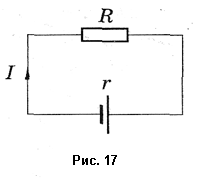
In order for the current to pass through a closed circuit, it is necessary that additional energy be imparted to the charges in the current source, it appears due to the work of moving charges, which is produced by forces of non-electric origin (external forces) against the forces electric field. The current source is characterized by an energy characteristic called EMF - source electromotive force. EMF is measured the ratio of the work of external forces to move along a closed circuit of a positive charge to the value of this charge .
Let in time pass through the cross section of the conductor electric charge. Then the work of external forces when moving the charge can be written as follows: . According to the definition of current strength, , therefore . When doing this work on the internal and outdoor areas circuits whose resistances and , a certain amount of heat is released. According to the Joule-Lenz law, it is equal to: ![]() . According to the law of conservation of energy, . Hence, . The product of the current and the resistance of a section of a circuit is often referred to as the voltage drop across that section. Thus, the EMF is equal to the sum of the voltage drops in the internal and external sections of a closed circuit. This expression is usually written like this:
. According to the law of conservation of energy, . Hence, . The product of the current and the resistance of a section of a circuit is often referred to as the voltage drop across that section. Thus, the EMF is equal to the sum of the voltage drops in the internal and external sections of a closed circuit. This expression is usually written like this: ![]() . This dependence was experimentally obtained by Georg Ohm, it is called Ohm's law for a complete circuit and reads like this: the current strength in a complete circuit is directly proportional to the EMF of the current source and inversely proportional to the impedance of the circuit. In an open circuit, the EMF is equal to the voltage at the source terminals and therefore can be measured with a voltmeter.
. This dependence was experimentally obtained by Georg Ohm, it is called Ohm's law for a complete circuit and reads like this: the current strength in a complete circuit is directly proportional to the EMF of the current source and inversely proportional to the impedance of the circuit. In an open circuit, the EMF is equal to the voltage at the source terminals and therefore can be measured with a voltmeter.




